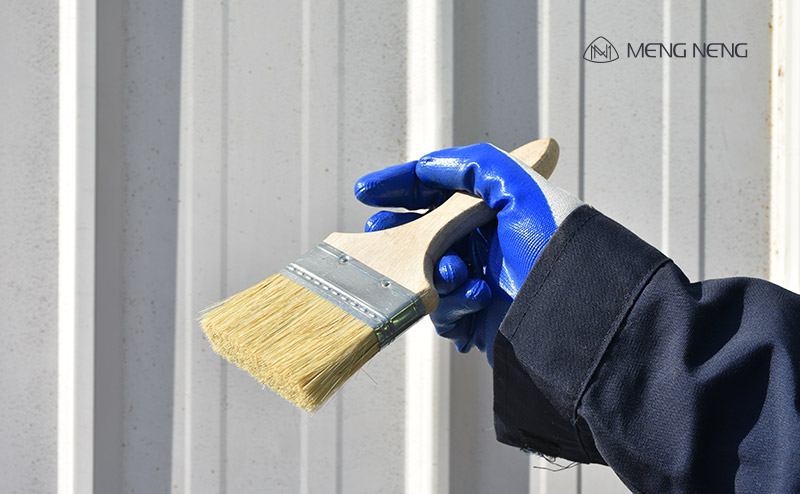Coating Applicability and Its Impact on Coating Quality
Coating applicability refers to how well the coating material adapts to the operation of the applicator during the coating process. Good coating applicability improves construction efficiency, reduces construction difficulty, and ensures the quality and durability of the coating. Whether it is industrial coatings or decorative coatings, applicability is a key factor affecting the final result of the coating application.

I. Key Factors of Coating Applicability
Coating applicability involves several key factors, including:
1. Viscosity and Flowability
The viscosity of the coating directly affects its flow and uniformity during application. Coatings with moderate viscosity are easier to apply and can form an even layer. Good flowability means the coating can level itself after application, resulting in a smooth finish without noticeable brush marks or bubbles.
2. Drying and Curing Time
The drying and curing times of coatings are crucial for the construction process. Fast-drying coatings help improve efficiency and reduce waiting time. However, if the drying time is too fast, it may result in poor adhesion or uneven surfaces, so it is important to select the appropriate coating according to its characteristics.
3. Adhesion
The adhesion between the coating and the substrate is an important aspect of coating applicability. Poor adhesion can lead to coating peeling or blistering, which impacts the longevity and protective performance of the coating. Good adhesion enhances the durability of the coating and ensures it remains stable on the substrate for a long period.
4. Anti-Drip Performance
When applying coatings on vertical or inclined surfaces, anti-drip performance is particularly important. The anti-drip properties determine the coating's ability to stay in place on vertical surfaces, preventing dripping due to gravity. Good anti-drip performance ensures the coating is even and prevents dripping or uneven coating.
5. Compatibility with Application Tools
Coating applicability also includes its compatibility with various application tools, such as brushes, rollers, and spray guns. Some coatings are more suitable for brushing or rolling, while others work better with spraying. The formula and particle size of the coating affect its compatibility with different tools, and applicators need to choose the appropriate tool based on the coating's characteristics.
II. Common Issues and Solutions in Coating Application
Poor coating applicability can lead to common problems during application. Here are some problems and their solutions:
1. Brush Marks and Bubbles
If brush marks or bubbles appear during the coating application, it may be due to excessive viscosity or fast drying. Solutions include:
- Adjusting the viscosity of the coating to ensure it is suitable for application;
- Using high-quality application tools to avoid over-brushing;
- Controlling the temperature and humidity during application to prevent rapid drying.
2. Uneven Coating
Uneven coating is usually caused by improper application techniques or poor flowability. Solutions include:
- Ensuring the coating is mixed evenly to prevent sedimentation;
- Applying consistent pressure and speed during application to avoid thick or thin areas.
3. Peeling and Blistering
If the coating peels or blisters, it may be due to poor adhesion or incompatibility with the substrate. Solutions include:
- Ensuring the substrate is clean and properly primed;
- Choosing a coating that is compatible with the substrate.
III. Relationship Between Coating Applicability and Coating Quality
Coating applicability directly affects the quality of the coating. On one hand, coatings with poor applicability may lead to mistakes or uneven application, which impacts the final coating effect. On the other hand, coating applicability is closely related to the durability, adhesion, and appearance of the coating. Proper handling and control during application ensure uniformity, smoothness, and long-term durability of the coating.
IV. Conclusion
Coating applicability is a key factor that affects the coating's performance and the quality of the final coating. When selecting and applying coatings, it is essential to consider factors like viscosity, flowability, adhesion, and anti-drip performance to ensure a smooth construction process. By choosing the right application methods and tools, you can significantly improve coating quality and durability, reduce common application issues, and ensure optimal results for the coating.